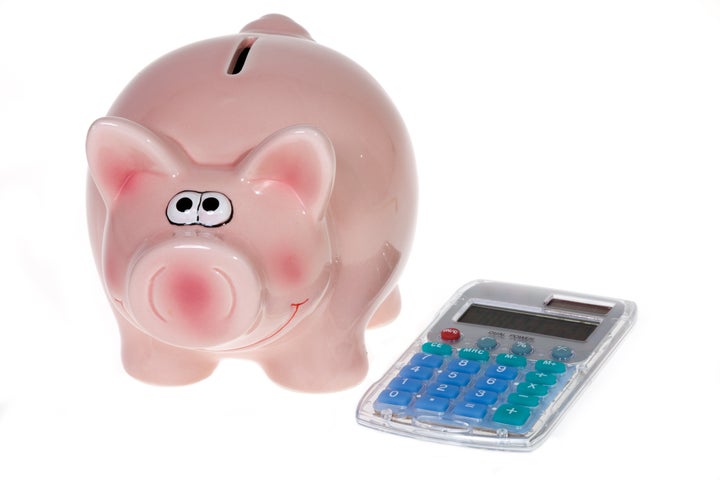
Why is it that many parents do not take the time to teach their kids principles of financial literacy? Perhaps it is because they haven't really learned the principles themselves? Perhaps they feel these principles cannot be understood by a child? Both perceptions are inaccurate, so over the next few days I will be giving a series of tangible tips parents can use in their home to help expose principles of financial literacy to their children.
Instead of simply giving your children an allowance, have a discussion about what can be done with their allowance. Essentially there are only three things you can do with money:
1.Spend it
2.Donate it
3.Save it
The Boxes Strategy
Your goal in this strategy is to provide a visual example to your child to ensure they are cognizant of what they are doing with each dollar received. This will be their first exposure to basic budgeting strategies. If you are wondering how old your child must be before they can start this exercise, my theory is if they are old enough to talk back to you, they are old enough to learn about money. I have started with my nephew who is six years old, and he is learning pretty well.
Step One:
First take three shoe boxes and have your child label them in big letters SPEND, GIVE, and SAVE.
Step Two:
Put these boxes in a prominent location in your child's room so he/she can see them each day.
Step Three:
Each time you give your child any amount of money, have a conversation with them starting with this simple question, "How much are you going to put into each box and why?" Here is where you can have a great learning conversation about the importance of each box. The value of giving back to others less fortunate, the value of saving and the value of having a budget for the money in the "SPEND" category are the most important life lessons to learn.
Step Four:
At the end of each month, or every three months at the most, make these actions real to your child by planning trips to make deposits of the various sums of money in the GIVE and SAVE boxes.
For the GIVE box, both you and your child should select an organization to be the beneficiary of the funds in this box. Make sure that you and your child take a trip together to the homeless shelter, orphanage, or church so he/she can see you giving their money to a good cause. Have a conversation about that cause and why it is important he/she helps other people. It is important to develop these habits early and a habit of giving is a great habit to have.
For the SAVE box, both you and your child should deposit the funds into a 529 account with him/her listed as the beneficiary. Allow your child to see the statements regularly and ask this question, "You deposited $20 into this account... why do you think the account now reads $20.25?" Now is your chance to have a conversation about interest and making your money work for you. Ask yourself when you learned that money can actually work for you!
Above all, make sure you communicate to your child that the more he spends his/her money, the less he will have to give to others and plan for his long-term financial goals which... both of which are far more important than immediate material items. This is one easy way that you can build a relationship with your child, as well as teach your child about the crucial principles of financial literacy. It is easy to accomplish and your child will thank you for it later in life. Teaching your children about money shouldn't be an anomaly... it's just common "cents."